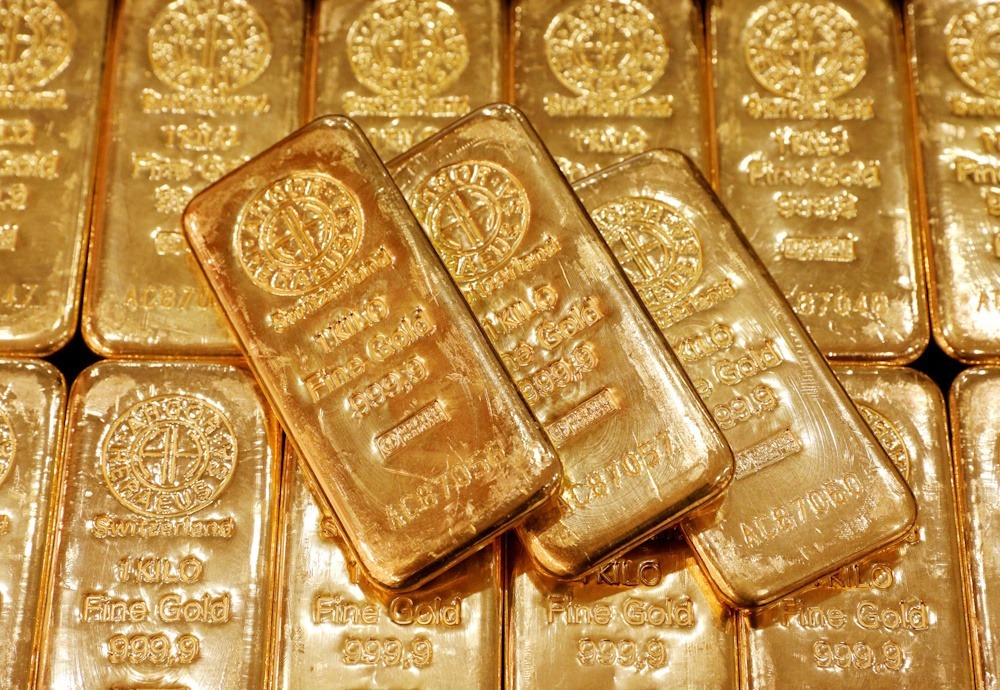
Gold prices experienced a modest increase of 0.08%, closing at Rs 1,20,613. This uptick was underpinned by a deteriorating U.S. labor outlook, which heightened expectations for additional easing measures from the Federal Reserve. The extended U.S. government shutdown has introduced complexities into economic evaluations, redirecting attention towards private-sector indicators. In October, ADP private payrolls increased by 42,000, surpassing expectations, while the ISM Services PMI reached an eight-month peak.
Despite this strength, the persistence of inflation above target has constrained the potential for further rate cuts, in accordance with Fed Chair Powell’s recent hawkish statements. Nonetheless, certain policymakers indicated that interest rates could potentially decrease gradually in the future. In terms of physical demand, patterns for gold exhibited a degree of variability.
In India, the metal experienced a discount of up to $12 per ounce—the first occurrence in seven weeks—due to a decline in demand following the festive purchasing period. Conversely, premiums showed improvement in China, Singapore, Hong Kong, and Japan, indicative of a resurgence in trading activity after a decline in global rates. Global gold demand increased by 3% year-on-year in Q3, reaching 1,313 tons, marking the highest level on record. This surge was propelled by significant investment inflows and substantial purchases by central banks.
From a technical perspective, the market is experiencing short covering, as evidenced by a 0.54% decline in open interest to 13,489, while prices have increased by Rs 91. Immediate support is identified at Rs 1,19,980, with additional downside potential extending to Rs 1,19,340. Resistance is anticipated around Rs 1,21,405, and a breakout above this threshold could propel prices toward Rs 1,22,190.
